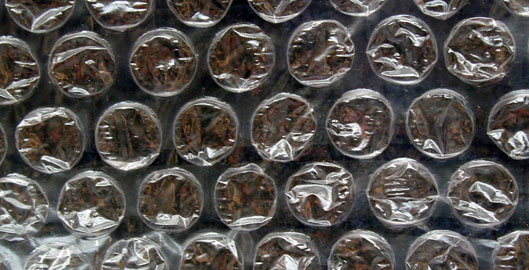
Apple recently unveiled the new operating system, iOS7. Many people were surprised there was no new device, and only new software.
Nick Bilton (@nickbilton) of the New York Times recently wrote an article, Disruptions: Mobile Competition Shifts to Software Design. In the article, Bilton discusses how today, with more than a billion smartphones in market, there is arguably little that can be done to drastically change the design of the physical device. He writes, “It is the design of the software, far more than the look and feel of the device itself, that allows a company to leap over its competitors.”
Why is this? Why is the software so important?
I think a reader nailed it in the comments. They wrote, “hardware is just a ‘delivery device’ …. the software, graphical user interfaces, data, and services delivered to us are the real magic, the addictive stimulus, and the ‘experience’ our wetware so voraciously desires.”
Software that elicits a visceral reaction is what sets experiences apart.
After a thinking about visceral software, I stumbled upon a great blog post called Visceral Apps and You by the guys over at Mysterious Trousers. In the post, they present a great analogy — bubble wrap. Why do we love bubble wrap so much? What is it about the popping of little pieces of plastic that can leave us entertained and quietly happy?
Rob Foster (@therobfoster) of Mysterious Trousers explains:
“Our human affinity for this build-up and release also manifests itself in the way we relate to things outside of our body. We like explosions, videos of people being hurled into space and we can’t help but slow down to see the result of a car crash on the freeway. And when we were kids, we built a tower of blocks only so we could knock it down again.
Whether it’s happening to us or we’re just bystanders, as humans, we are captivated with the interplay between the build-up and the release; between potential and kinetic energy. And as app developers, we can leverage this interplay to enhance our apps.”
It’s more the the software, not hardware, that ultimately enables these visceral reactions.
When you think about it, hardware is kind of like bones in our body. Both hardware and fully developed bones are fixed and all they can do is break (ok yes, and bones can shrink to — just an analogy!) But software is maleable and this my friends is what lays the foundation for shaping great experience.
Bilton in his article writes, “changes to the software are limited only by the skill and creativity of a company’s engineers and designers and are not as easily mimicked since they appeal to softer notions like “experience” rather than speed or weight.”
I guess this is a challenge to designers to get a bit more technically literate.
Understanding software can feel daunting and technical. But, without understanding the software, you will miss opportunities to create great experiences. Being a designer means that you understand and apply knowledge about what you can’t see to the experience. In the same way that architects study physics, construction technology, geology and all kinds of other things, designers too must understand all the layers that contribute to the experience — hardware, software, technology, psychology. It’s at the intersection of all these things where a truly great experience is crafted.
Next time you are designing an experience, consider the software and what opportunities it can afford you to create a great experience.